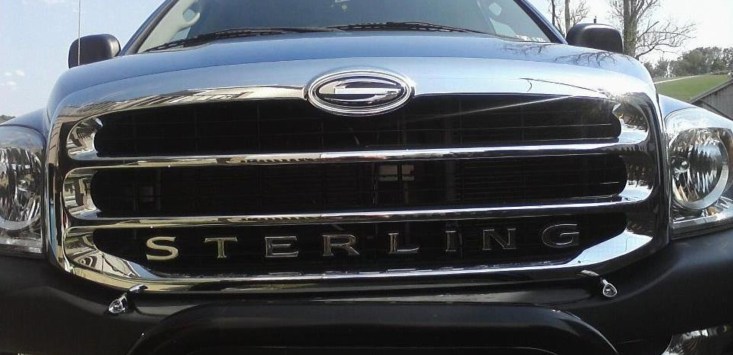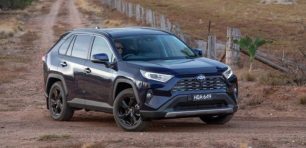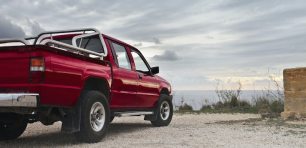
Source: Wikipedia
Australians have gone mad for expensive US-style “pick-up trucks”, and your kids will never again be able to ride their bikes safely. Sales of RAM trucks and Chevrolet Silverados have exploded in Australia, as the next chart shows.
SOURCE: VFACTS DATA, UP TO MAY 2023/@JASEMURPHY
These are US vehicles that have come onto the scene in Australia since the demise of local manufacturing. Ford and Holden utes are no more, replaced by international models that make enormous profits for their parent companies.
The left-hand drive vehicles are re-manufactured into right-hand drive for local sale. The irony is that the departure of Ford and Holden from local manufacturing led to these enormous US pick-up trucks flooding our market, which led to car manufacturing reopening in Australia, albeit at a small scale.
The price of the cheapest new RAM is $91,000, and they go up to $180,000, but they are proving very popular.
Get daily business news.
The latest stories, funding information, and expert advice. Free to sign up.
“The acceptance of full-size pick-up trucks by Australians is just phenomenal,” Bob Graczyk, head of RAM International, said last year while visiting Melbourne from his headquarters in Detroit.
“When we first looked into the business opportunity seven years ago and asked how big the market could be, no one really knew what to expect, maybe 3000, 4000 — perhaps 5000 units. It has completely exceeded our expectations and 10,000 vehicles is now realistic — who knows, we could go up to 15,000 or 20,000 units.”
SOURCE: @JASEMURPHY
Vehicle size inflation is a well-known phenomenon and not limited to these mega pick-up trucks. Ford Ranger and Toyota HiLux are also super-sized now, although they look much more modest compared to the new US behemoths!
The situation has the characteristics of an arms race: anyone who wants to be safe in a collision or see where they are going on the road needs to buy a bigger vehicle than they might have otherwise. The individual choice is individually rational, but it creates a collective situation where everybody is worse off. Arms races are bad for all, and the usual approach is to use rules to prevent them from getting out of hand. But Australia has, so far, not taken action against vehicle size inflation.
We are on the US path and at this point, our opportunity to turn back and adopt smaller vehicles is probably over. Instead of adopting EU rules that make cars like the Fiat 500 commonplace, we will probably adopt US rules that demand shopping centre carparks be bigger in order to fit huge vehicles in.
SOURCE: @JASEMURPHY
That’s great news for carmakers, but bad news for people who walk. In the USA, 17% of road deaths are pedestrians. In Australia in 2020 it was just 12%. But our pedestrian death toll is rising and is set to rise further.
Why do pick-up trucks kill? Best practice for pedestrian safety is a system where the pedestrian rolls up onto the bonnet and the bonnet absorbs the impact. Like this.
These systems are common in European cars, because the EU has high standards for pedestrian protection. America has no such rules — because they don’t suit the US vehicle fleet.
If the bonnet is higher than the pedestrian’s chest, all that happens is the pedestrian is smashed down onto the road and goes under the wheels. These are called “ground impacts” and as the Monash University Accident Research Centre points out, “a greater proportion of pedestrian injuries are caused by ground impacts arising from LTV collisions than from passenger cars”. (LTV stands for light truck vehicle.)
The risk of death after being hit by a full-sized pick-up truck is 3.4 times higher than from being hit by a passenger car, holding impact speed constant, according to research published in the UK by the British Medical Journal.
Research shows that it is the shape of the bonnet rather than the mass of the car that makes the difference to pedestrian survival, at least up to weights of 1.4 tonnes. Above that the extra force transferred by the heavier car seems to matter as well. Which is bad news for anyone whose child is hit by the 4.5-tonne RAM 2500.
This analysis only looks at survivability after the big vehicle hits the pedestrian, not whether the visibility and stopping distance from bigger vehicles makes an impact more likely.
This article was first published by Crikey.
Handpicked for you

Tax breaks see SMEs burn $13bn on fuel for ‘dumb’ dual-cab utes and SUVs




COMMENTS